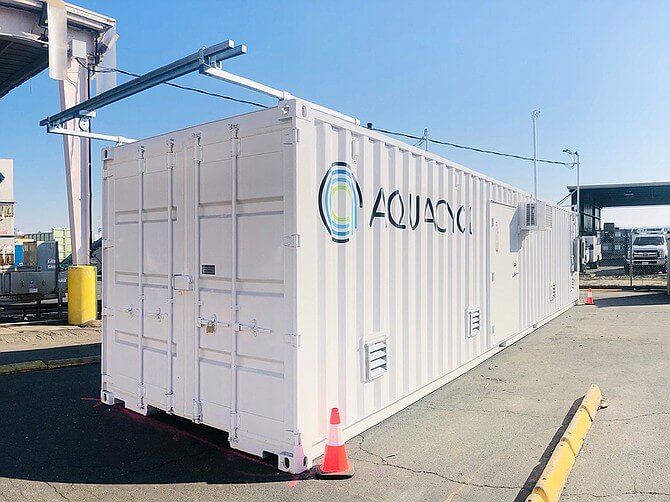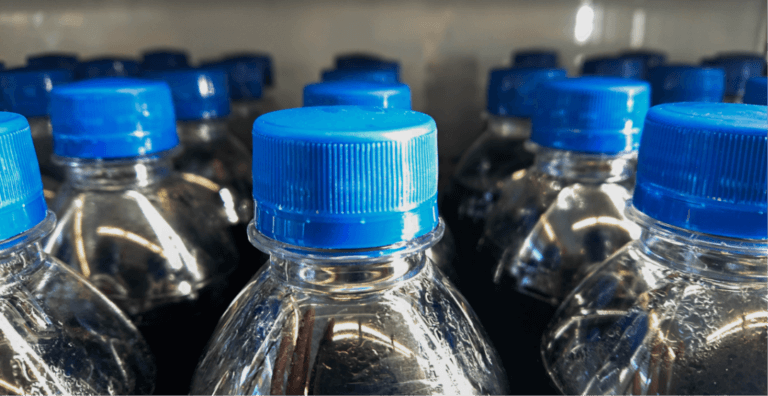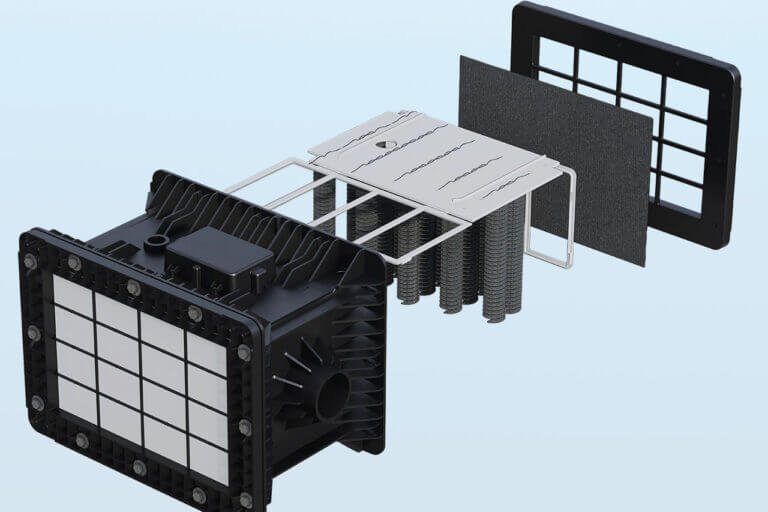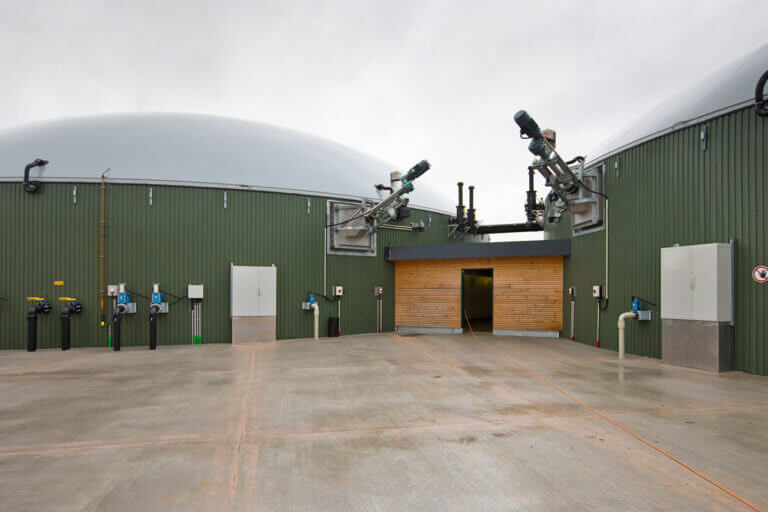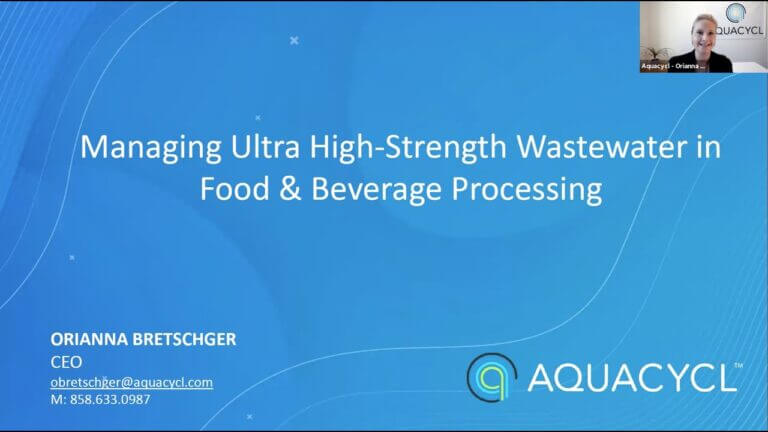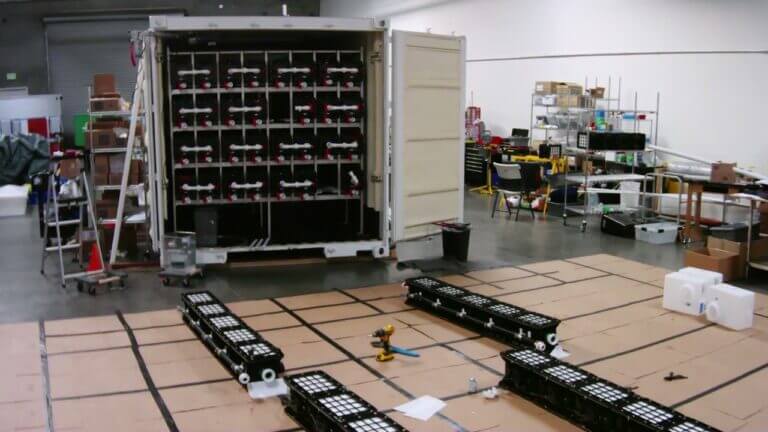Monitoring the wastewater your company generates is necessary for various reasons, including preventing fines, unexpected surcharges, negative publicity, and legal challenges.
The frequency and parameters to sample will be dictated by your discharge permit, and samples traditionally need to be collected and sent to an EPA approved lab for testing. However, there are reasons why you may want to monitor more frequently or additional parameters than the minimum required to stay in permit compliance.
Periodic manual monitoring can miss key metrics and cause your reading to be higher–or lower–than your average. Using sensors can help you get a better idea of what your company is really “putting down the drain” and provide insights into your process. It can help to give an idea of any parts of the process that are generating challenging wastewaters and/or peaks of load. If monitoring is done at specific points in the process, rather than mixing all streams together, you have a better understanding of where diversions can be put in place which lower overall wastewater costs.
In addition, if you are discharging directly to a water body, it can give an indication of the impact that your company is having on the surrounding watershed, and help to alleviate concerns of negative impact.
Key things to monitor
When monitoring the wastewater that your company generates, there are several key parameters and metrics you need to focus on to stay within your compliance limits.
Carbon parameters
Carbon parameters, such as biological oxygen demand (BOD), chemical oxygen demand (COD), and total organic carbon (TOC) are common measures of the organic matter in wastewater. High amounts of carbon in wastewater robs the body of water of oxygen and makes it difficult for fish and other marine life to survive.
Total suspended solids (TSS)
TSS refers to matter that isn’t dissolved in wastewater and that can be collected via a filter. The measure of TSS in a sample is one of the key parameters used to measure the quality of water. It is also listed as a conventional pollutant in the US Clean Water Act.
Total dissolved solids (TDS)
TDS refers to organic and inorganic matter that does dissolve in wastewater. This is typically salts. The amount of TDS in a water sample is usually measured using a digital meter.
pH
The pH level in wastewater measures the acid level vs the alkaline level of the water. Ideally, wastewater should have a neutral reading of around 7.0, but it can vary between 6.0 and 8.0. Having a pH that’s too high can affect the health of marine life in a body of water. A pH level that’s too low increases the intake of metals by aquatic animals and plants, increasing their toxicity.
Other parameters
Depending on where you are discharging, you likely will have to test for fats, oils and grease (FOG), as well as phosphorus, nitrogen and other nutrients.
Discharge limits
The allowable level of BOD in your wastewater varies by municipality. Concentration-based permits typically have an upper limit of around 250-300 mg per liter for discharge to sewer systems. Direct environmental wastewater discharge is significantly lower, usually around 10 mg per liter. “Depending on the body of water, wastewater facilities may have strict discharge limits to further protect the body of water. For example, discharge limits near freshwater lakes have very low total phosphorus (TP) limits to limit eutrophication in freshwater systems, while coastal wastewater facilities will have low total nitrogen (TN) limits in a saltwater system” – YSI.
It’s important to note that not all companies will have the same discharge requirements, and not all sites within a company will have the same permit requirements across sites. It depends on the type of permit you hold, and the receiving utility.
Can you handle wastewater monitoring on your own?
Sure. It’s possible to train your team to monitor your wastewater if they have the right equipment. However, it is important to recognize the limitations, including variability in grab samples (both in terms of human error and the composition of the wastewater), which can lead to inconsistent results. In addition, when wastewater monitoring isn’t the employee’s primary responsibility, they may be more focused on other things they need to accomplish that day rather than testing and monitoring.
Using sensors to monitor your wastewater allows you to have a better understanding of what is going down the drain and can alert managers to issues when they occur, not just during the regular testing period.
Going beyond monitoring
Monitoring serves as the initial stage in identifying the substances being discharged and the opportunities to improve. Upon understanding the actual discharge, it may become necessary to invest in treatment methods to ensure compliance with the established permit levels.
Aquacycl has worked with companies to go beyond monitoring to onsite treatment which provides guaranteed permit compliance. We provide wastewater treatment as a service to remove the most challenging parts of industrial pretreatment. As part of the service, we remotely monitor and control various standard parameters (COD, temperature, flow, and pH), as well as the electrical current generated by the system, which gives us real-time information about how our system is performing. Monitoring the electrical current enables us to control the treatment rate and remotely troubleshoot any issues that could arise.
By monitoring these parameters continuously, Aquacycl gives our customers greater insight into what they’re discharging, allowing for predictability of associated costs and ensuring compliance.
We invite you to see how the Aquacycl wastewater treatment system can save you money and guarantee permit compliance. To learn more about our unique and affordable wastewater treatment technology, contact us today.




